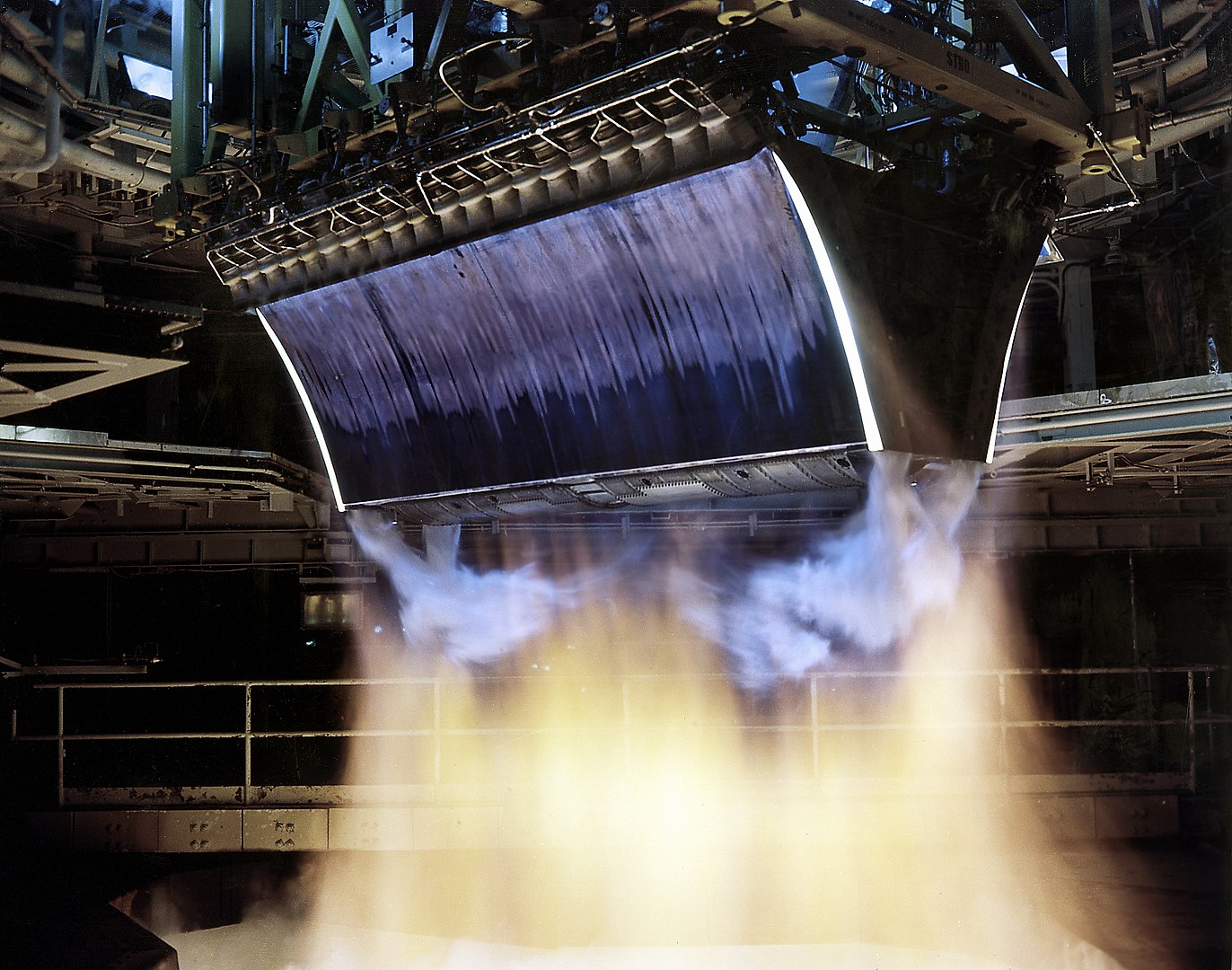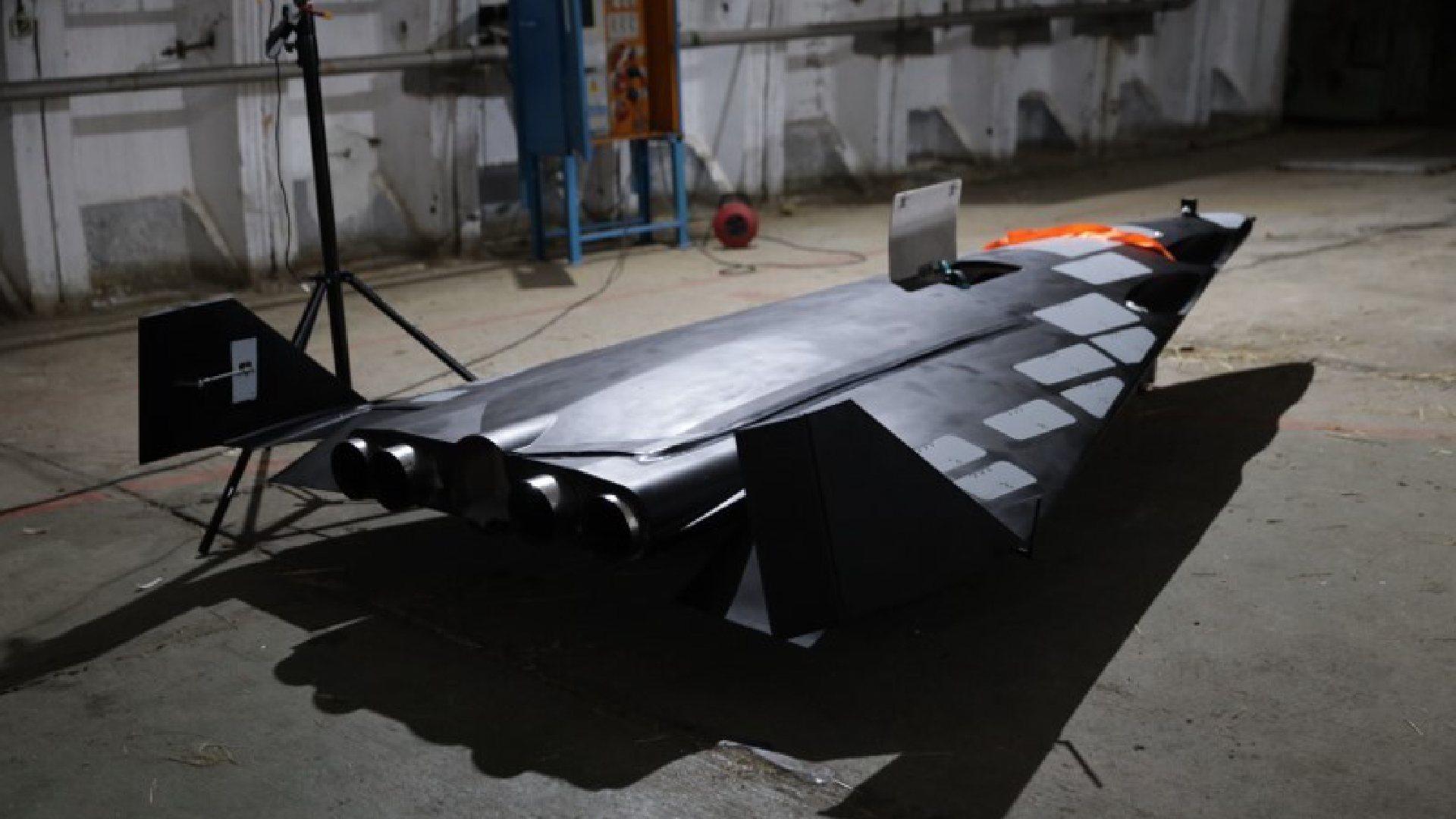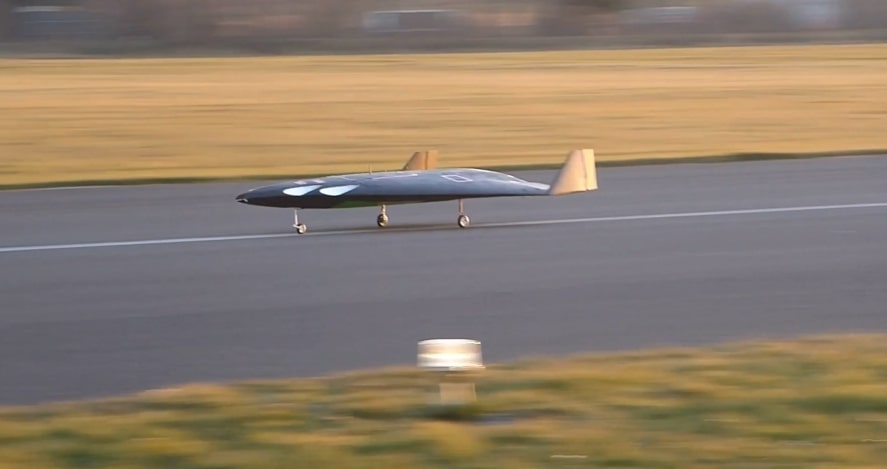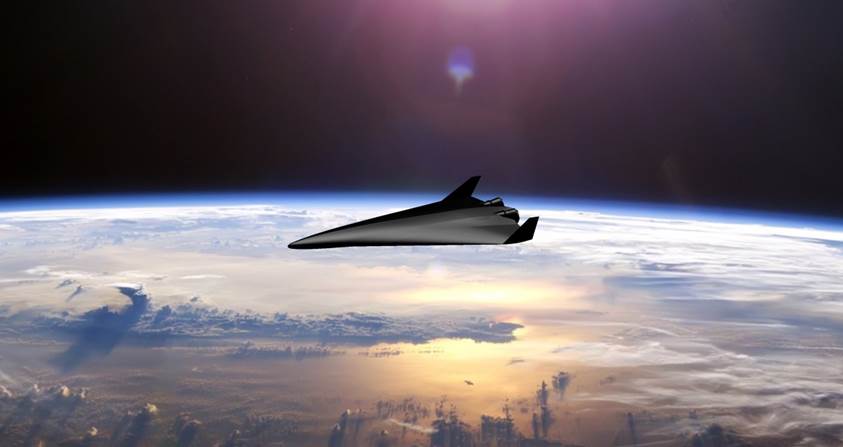
Operating license granted for ATHENA
Published on Wed, 03.08.2022 – 10:45 CEST in Upstream, covering POLARIS RaumflugzeugePOLARIS Spacecraft is developing a spacecraft under the project name "Rapid Deployable Reconnaissance System." The demonstrator, which has been named Athena, has now been granted an operating license.
The Aurora spacecraft is designed to take off and land like an airplane, but carry payloads into space. This is a concept that does not yet exist in this form and has yet to pass its baptism of fire. To advance development, POLARIS Raumflugzeuge has built a demonstrator that has now been given permission to take off. Plans call for a Beyond Visual Line Of Sight (BVLOS) flight, which will take place over the ocean for safety reasons. In addition, the Athena unmanned spacecraft has been equipped with a rescue parachute. The Bremen-based company has a time window of eight weeks for the tests. Only then is the spacecraft to be equipped with rocket engines. However, it will then take time before a new launch can take place: because a new operating permit must be issued for further test flights.
The German armed forces, among others, are interested in a spaceplane and have already commissioned the company to develop it. The concept is also presented in the 2021 annual report of defense science research for German armed forces.
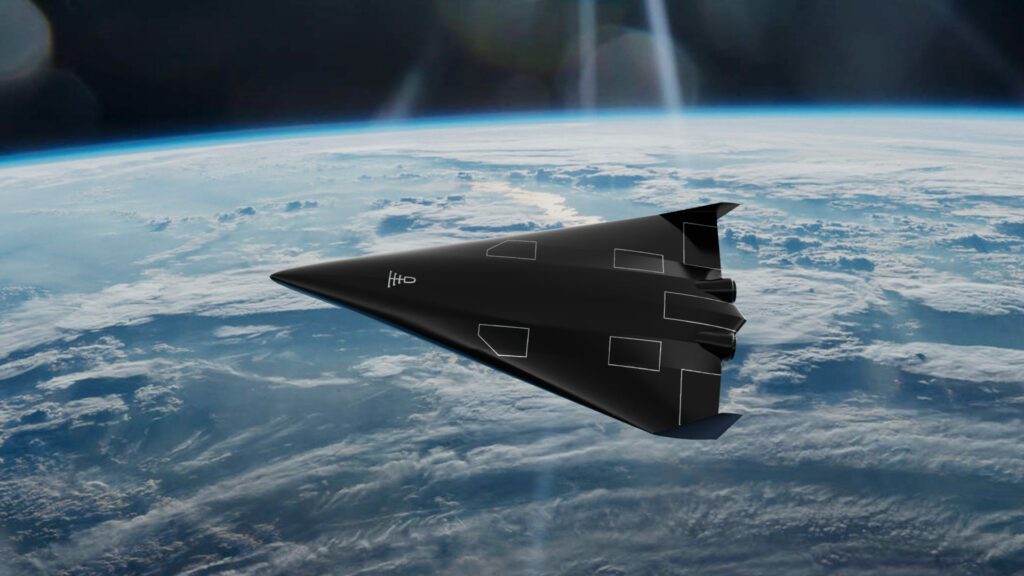
Innovative concept based on an almost forgotten idea
The idea for a spaceplane goes back to the Hopper concept from the 1990s, which was developed as part of the ESA FESTIP study. Even then, significant economic advantages of horizontally launched reusable rocket aircraft were demonstrated. One of the most important factors in spaceflight is the cost of transporting payloads into space, which is currently several tens of thousands of euros per kilogram even in the most favorable case. However, the flexibility to launch, the availability of launch systems and, last but not least, their safety are also relevant. As can be read on the ESA website, the final version of the Aurora spacecraft is intended to be usable in the following scenarios from these points of view:
- Transport of small satellites (up to 1,000 kg) into low earth orbit (LEO)
- High-altitude science and research missions, e.g. atmospheric research or astronomy
- Demonstration and testing of hypersonic and space technologies
- Space tourism, astronaut training, and human exploration with an optional manned configuration

